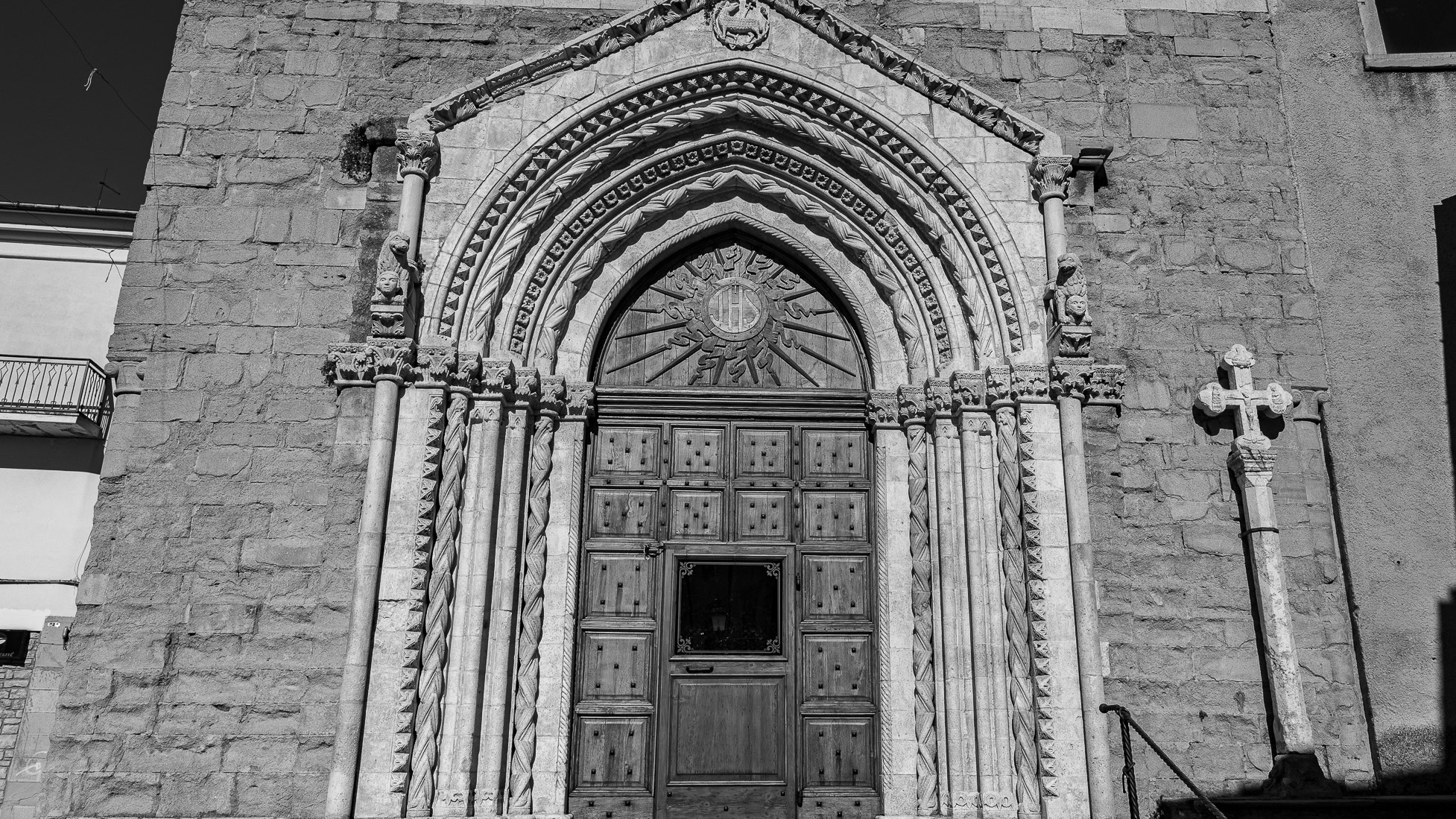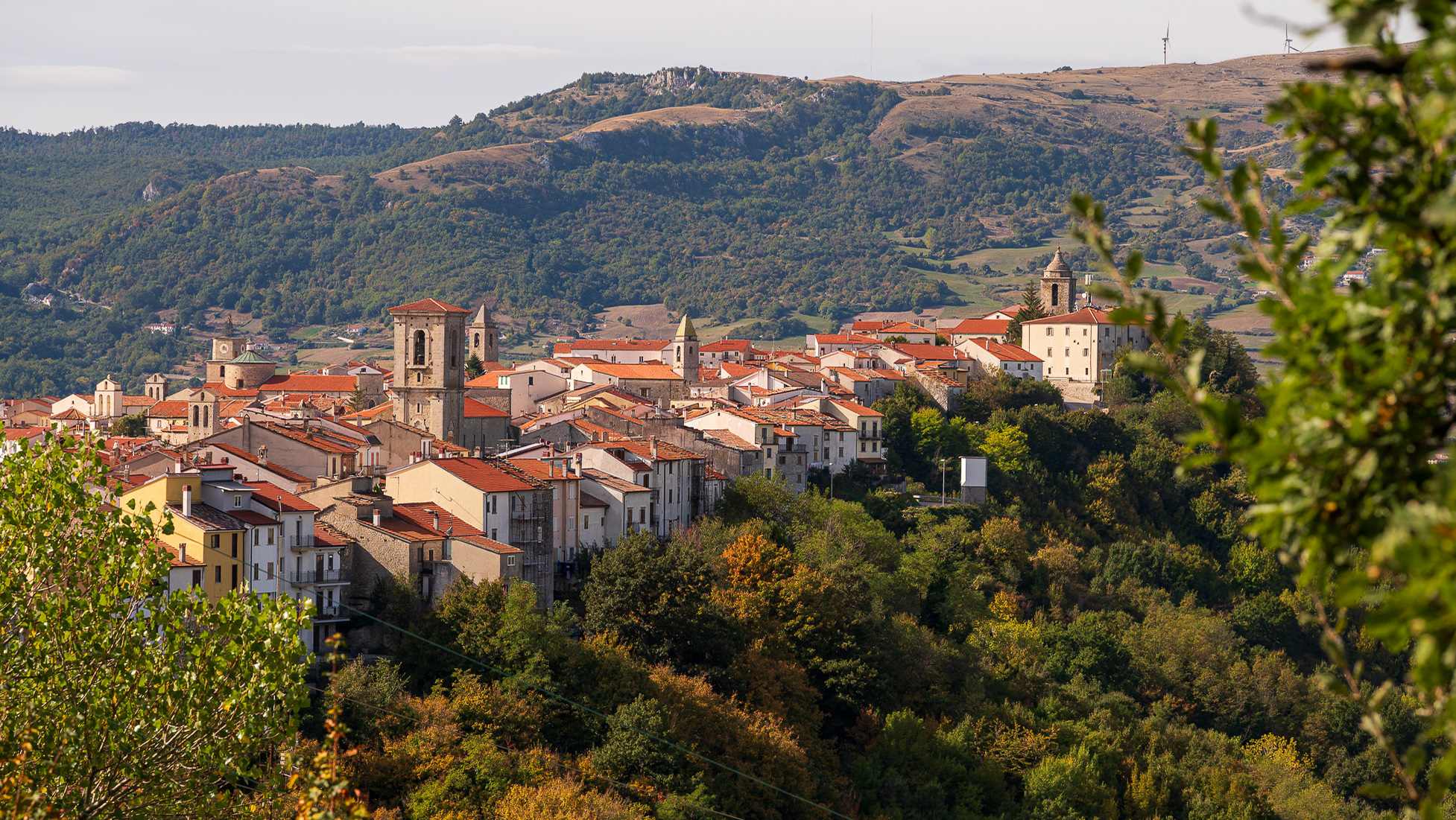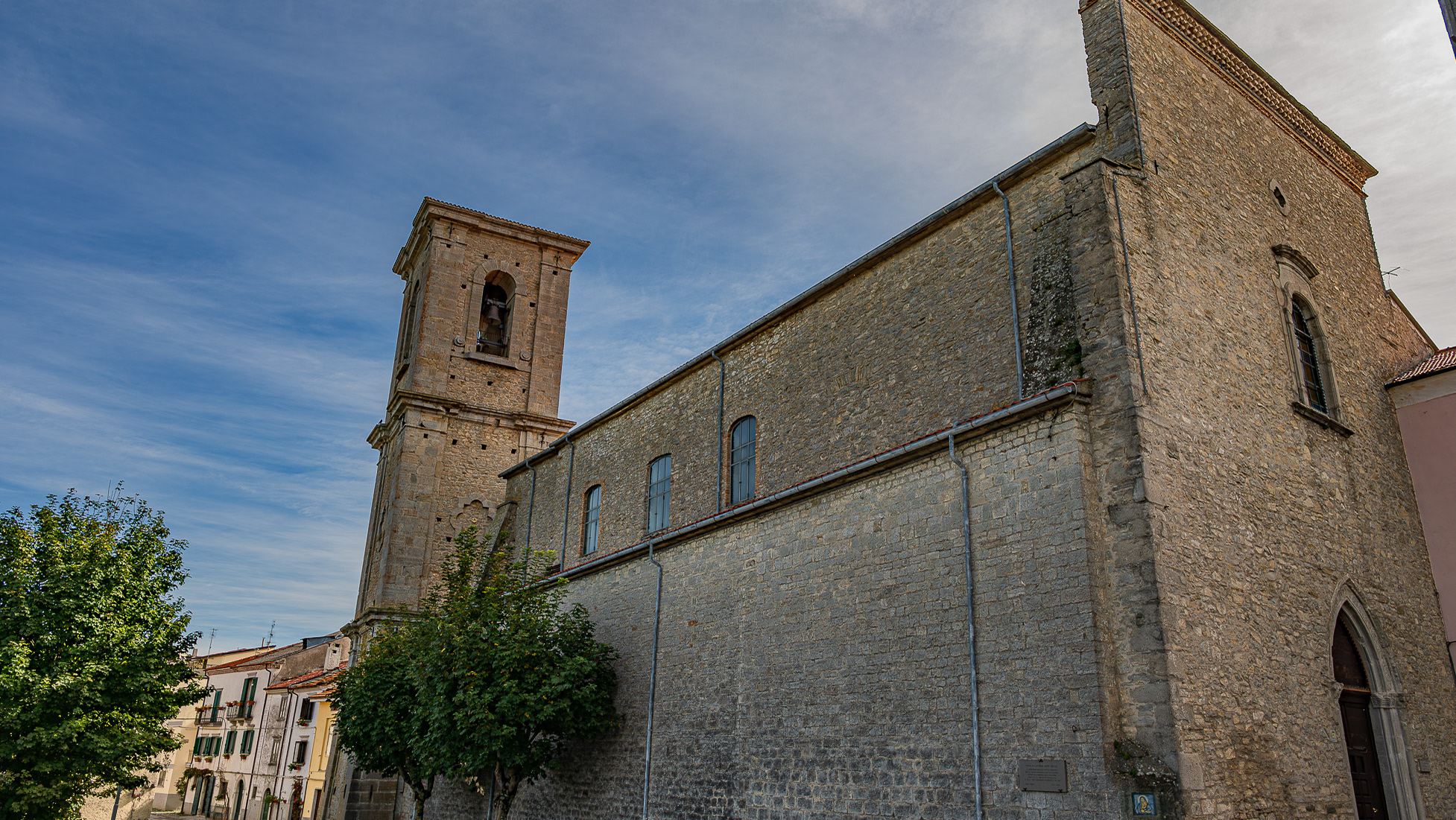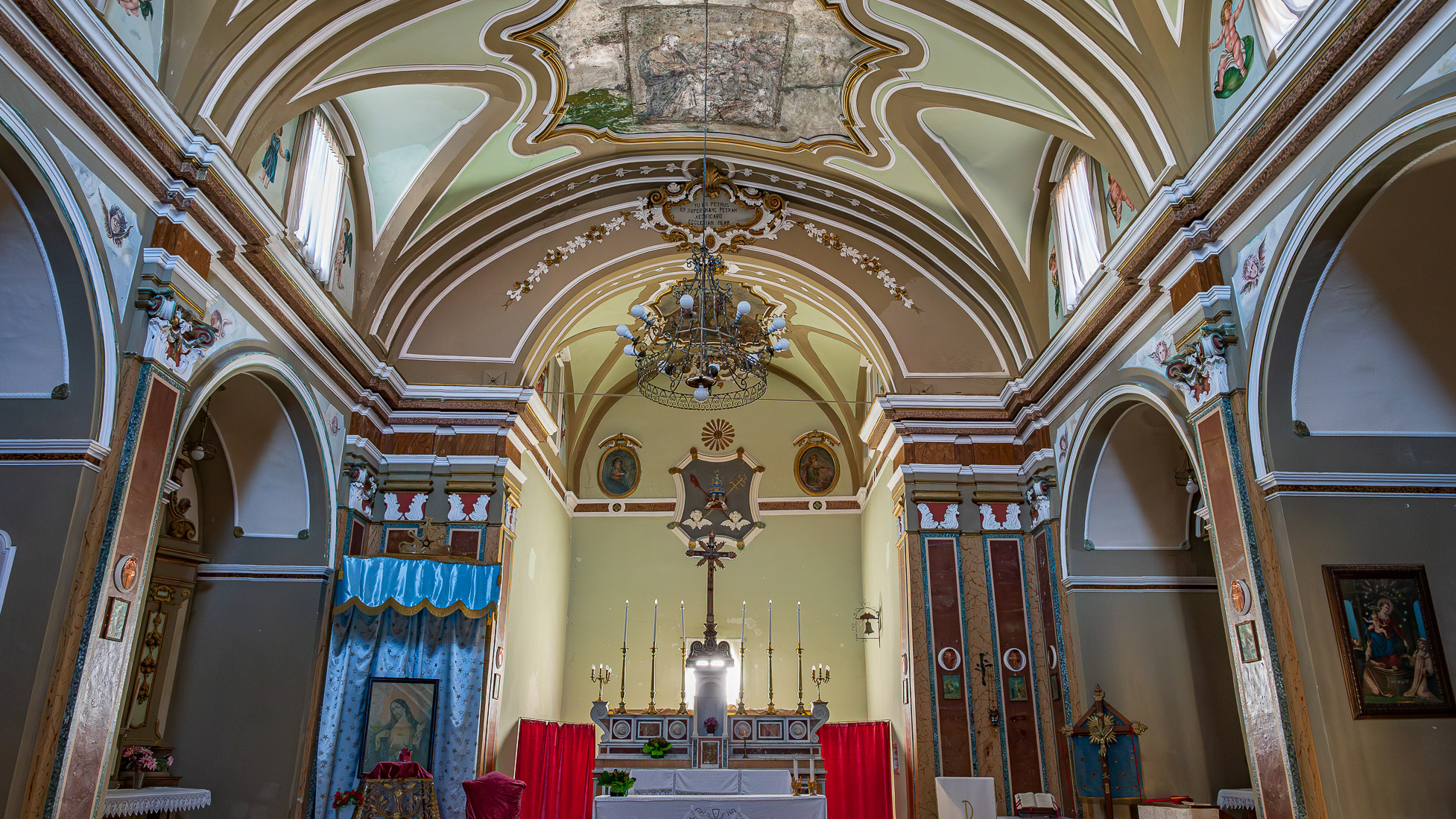Church of San Francesco
The church of San Francesco is considered a national monument. Dating back to the 14th century, it has a characteristic Gothic portal surmounted by a fascinating rose window. Worth highlighting is the superb drum dome and the original bell tower (with the final part in wrought iron). Inside the church, with decorations by Ambrosio Piazza, there are very rich altars and frescoes by Paolo Gamba from Molise. Adjacent to the church of San Francesco is the former convent of the Conventual Fathers, with a cloister (on whose walls there are frescoes representing the life of San Francesco), home to the municipal library and the permanent exhibition of ancient books with very rare volumes, including including an ancient copy of Plato's Opera Omnia, dating back to the 16th century.
You may also like










